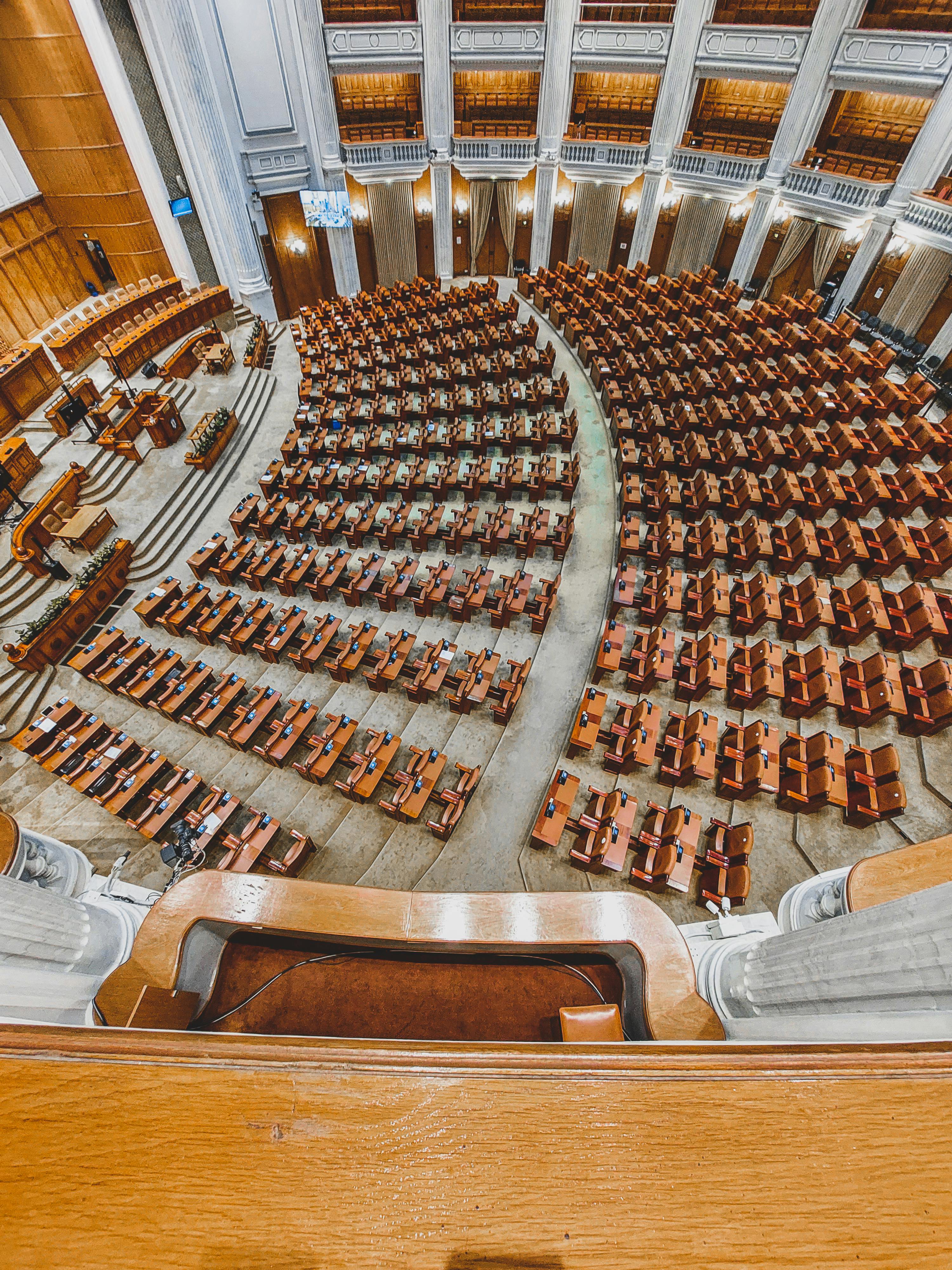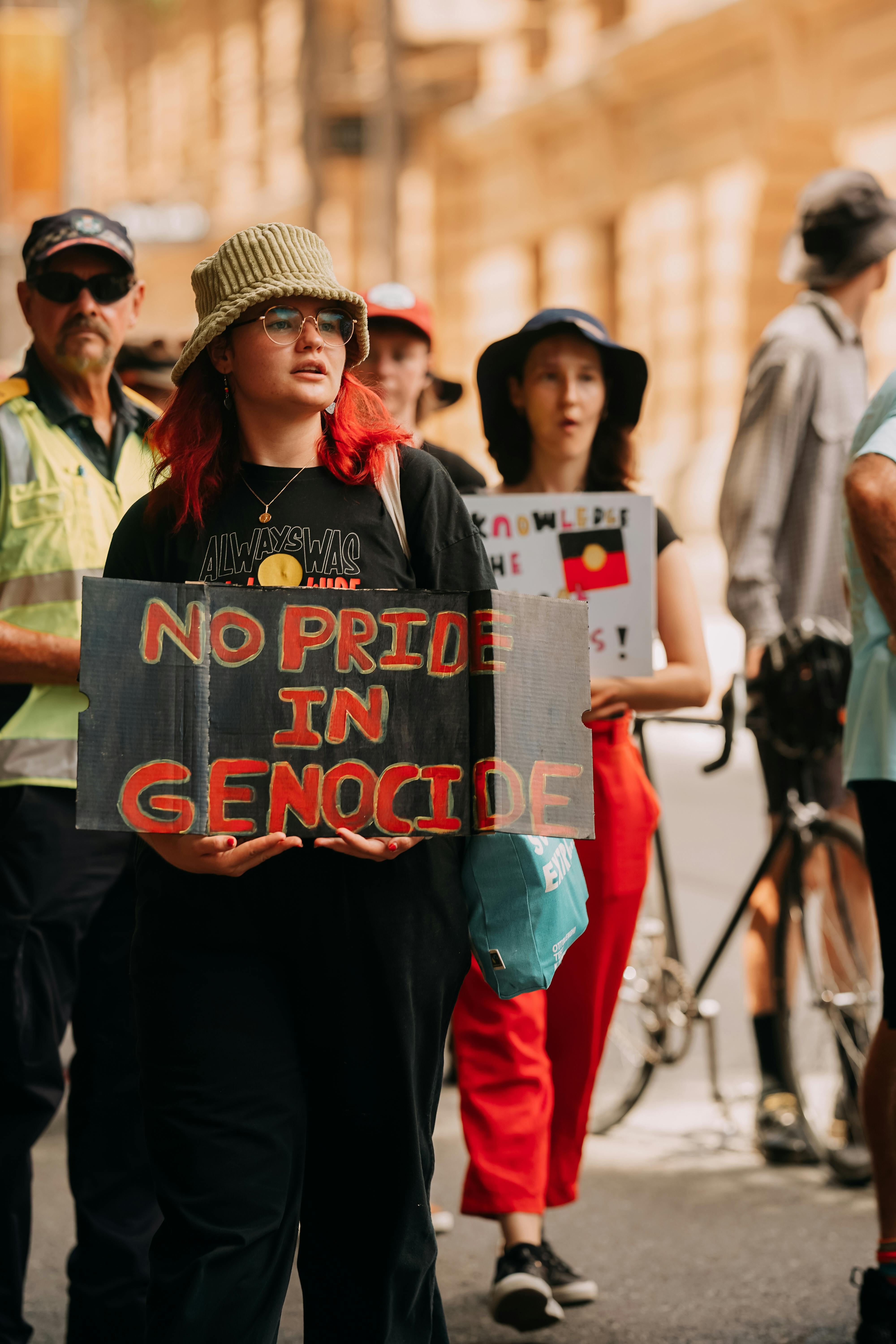Understanding the Australian Political Spectrum
An in-depth guide to the major parties, independents, how elections work, and how political views differ across regions.

The Big Idea in 30 Seconds
- Australia is a democracy with a Prime Minister and a powerful federal government.
- Two major parties dominate: the Labor Party (center-left) and the Liberal Party (center-right).
- Smaller parties and independents also play key roles in shaping policy and elections.
- Federal elections decide who leads the country and make up Parliament.
How Politics Works in Australia
Australia is a parliamentary democracy. That means Australians choose representatives to run the country. The person in charge of the federal government is the Prime Minister. The Prime Minister is like the CEO of Australia. They are the leader of the party that wins the most seats in the country’s national elections, called federal elections.
The federal elections decide who goes to the Australian Parliament. The Parliament has two houses: the House of Representatives and the Senate. Whichever party—or coalition of parties—has the majority in the House of Representatives chooses the Prime Minister.
The Australian Party System
Two Major Parties
Australia has many political parties, but two major ones dominate:
- Australian Labor Party (ALP): Known simply as Labor, this is the main center-left party. It supports workers' rights, public healthcare, education, and action on climate change. Its leader right now is Anthony Albanese, who is also Australia’s current Prime Minister.
- Liberal Party of Australia: This is a center-right party. It tends to support business interests, lower taxes, and less government involvement in the economy. It often joins forces with the rural-based National Party to form what’s known as the Coalition.
Together, these two parties (and their allies) have controlled most Australian governments. The current one, as of the last Australian federal election, is led by Labor and Anthony Albanese.
Other Major Forces
While Labor and the Liberals get most of the spotlight, smaller parties and independents also matter. They often hold the balance of power, especially in the Senate.
- Australian Greens: A progressive party that focuses on the environment, climate change, and social justice. They support stronger action against climate change and more public services.
- United Australia Party: A controversial right-wing party led by businessman Clive Palmer. The UAP is known for pushing back against government regulation and promoting nationalistic views.
- Liberal National Party (LNP): In Queensland, the Liberal and National parties are merged into one. They still support Liberal/Coalition policies but operate as one combined group.
- Country Liberal Party (CLP): In the Northern Territory, this party fills the Coalition role and represents mostly regional and remote communities.

What About Independents and Other Minor Parties?
Unlike in some countries where it's just red vs. blue, Australian politics has many minor parties and independents. These are politicians who aren’t part of the two major parties. Some win local support in specific areas, often by focusing on community issues.
One recent trend is the rise of the “teal independents.” These are often women running in wealthy inner-city areas, focusing on ethics, climate action, and gender equality. They gained traction in the last Australian federal election and helped shift the balance of power.
Parties like the Australian Democrats were once strong players, especially in the Senate where they worked as a “voice of reason” during the 1980s and ‘90s. While they’ve lost influence since, their past role shows how smaller groups can still shape national debate.
How Views Differ Across the Country
State vs. Federal
Australia is a federation, meaning the country is divided into states and territories. Each has its own government. What works in one place might not in another.
For example, Western Australia often swings differently than the rest of the country. It has a strong mining industry and rural areas, which can lean more conservative.
Urban Versus Rural Politics
City voters are more likely to support center-left parties like Labor and the Greens. Rural and regional voters often choose the Nationals or other conservative parties. In between, swing voters shift elections.

How Elections Work
Australia holds federal elections every three years. Voters pick who they want to represent their area (called an electorate) in Parliament. The party (or coalition) with the most seats forms the federal government. Their leader becomes Prime Minister.
Voting is compulsory in Australia. That means most adults have to vote by law. That’s one reason why Australian politics stays connected to a wide range of voters—not just the loudest ones.
The Senate is elected differently than the House. It gives more power to small parties like the Greens or independents. This mix makes laws harder to pass, but ensures more voices are part of decision-making.
Why This All Matters
Australia’s political spectrum isn’t just about right vs. left. It’s about how governments balance jobs, taxes, healthcare, climate, and equality. From major cities to mining towns, and from the coast to inland deserts, different voters have different priorities.
The good news? Australian voters have lots of choice. Whether it’s Labor, Liberal, Greens, or an independent, Australians can vote for who they think will best represent them.
Where to Learn More
If you want to dive deeper into how politics works behind the scenes, check out these excellent and approachable resources:
- The Australian Political System in Action by Narelle Miragliotta et al. — A clear and comprehensive guide often used as an introductory text.
- How Australian Democracy Works: And why we need it more than ever by an Amanda Dunn
- Political Lives: Australian Prime Ministers edited by Chris Wallace — Explores the ideologies and careers of Australia's leaders, making history accessible.
Find your place on the spectrum.
Now that you know the basics of the Australian parties, see where your own views align.
Take the Free Political Test